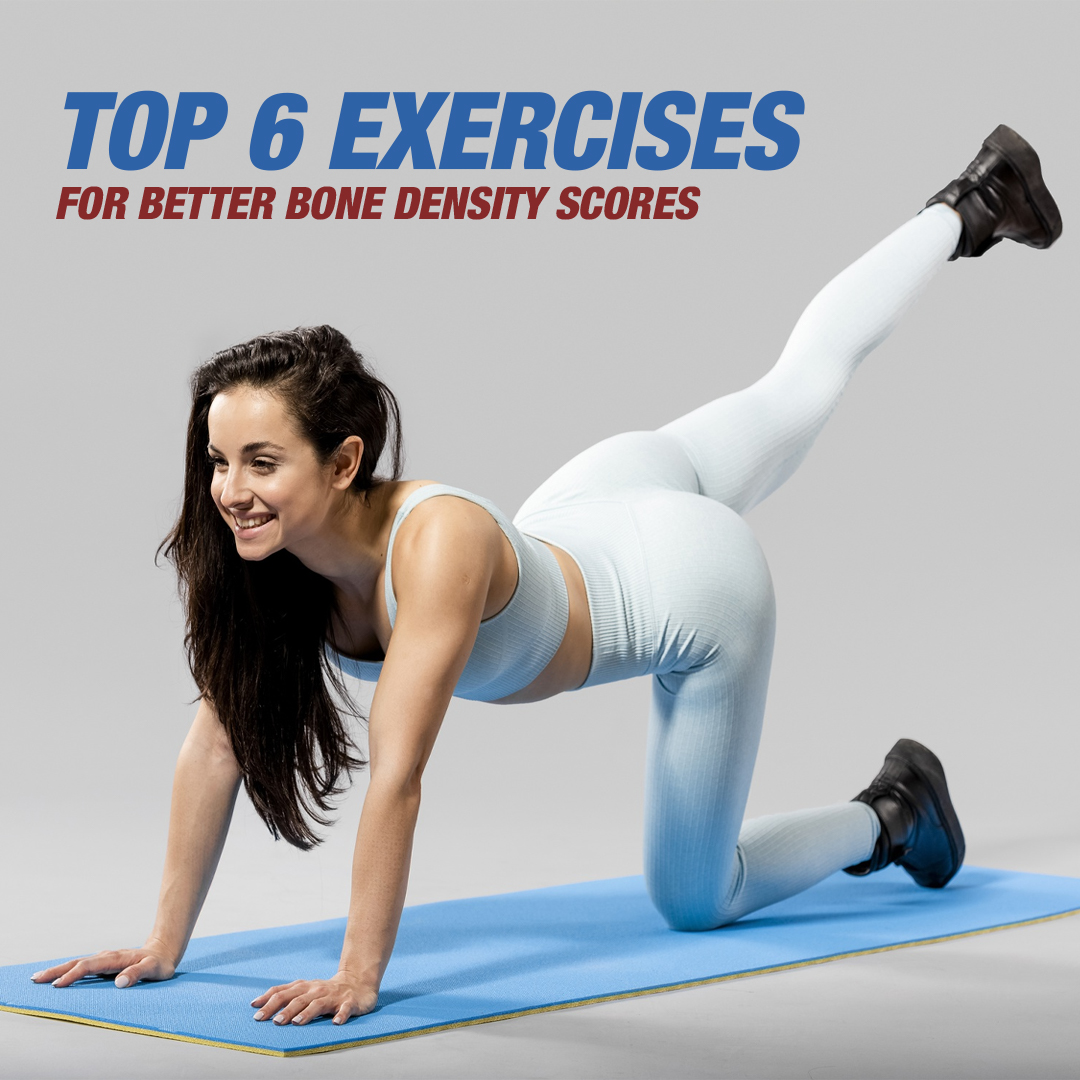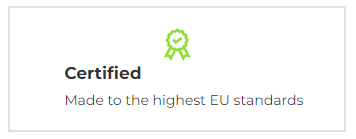Hey everyone! Have you ever thought about how strong your bones are? Well, they’re super important because they keep us standing tall and moving around. But sometimes, especially as we get older, our bones can get a bit weaker. That’s where something called bone density comes in. It’s like a measure of how strong our bones are.
Did you know that millions of people around the world have bones that aren’t as strong as they should be? But here’s the good news: there are some really cool exercises from yoga to bouncing on a family trampoline near you, that can help make your bones stronger!
In this blog, you will learn how to keep your bones healthy and happy. Join us on this journey.
What is Bone Density?
Your bone density scores provide a snapshot of your bone health. The higher the score, the stronger and denser your bones.
Bone density is measured using a DEXA scan that compares your bone mineral content to that of a healthy young adult. Scores are given as T-scores. A T-score between -1 and -2.5 means you have low bone density or osteopenia. Below -2.5 indicates osteoporosis.
The good news is you can boost your bone density with targeted exercises. Weight-bearing workouts like walking, jogging and strength training stress your bones, signalling them to build more mass. Aim for 30 to 60 minutes of these bone-building exercises thrice weekly.
With regular exercise, a balanced diet and limited alcohol, you can maintain or even increase your bone density over time.
The Relation between Exercise and Bone Density
Weight-bearing exercises like walking, jogging, tennis and strength training with weights are ideal for building stronger, denser bones. As you exercise, your muscles pull on your bones, which then respond by building more bone tissue. The more intense the exercise, the more bone made.
Aim for weight-bearing exercise 3 times a week for at least 30 minutes. Add resistance training with weights two times a week, targeting major muscle groups like legs, back, chest and arms. Start with lighter weights and higher reps, building up as your bones and muscles strengthen. Bodyweight exercises like squats, lunges, pushups and sit-ups are also great for bone health and can be done anywhere.
Regularly active and exercising helps establish lifelong habits for better bone and overall health. The benefits to your skeletal and muscular systems will keep you mobile, independent and active for years.
1. Jogging
Jogging is ideal for building stronger bones. As an impact exercise, jogging helps stimulate bone formation and slows down bone loss.
Each stride you take while jogging sends vibrations through your skeleton that tell your bones they need to get stronger. This is especially important as age increases since bone density naturally decreases.
- Aim for jogging 2-3 times a week, starting with 15-20 minutes and building up your endurance. Even light jogging can provide benefits, so feel free to push yourself on speed or distance, especially when you’re first starting. The most important thing is that you jog regularly and consistently.
- For the most significant bone benefits, jog on hard, uneven surfaces like concrete or trails rather than treadmills. The impact forces are greater, which provides more stimulation for your bones.
- You can also try interval or hill training, which involves short bursts of jogging at a higher intensity. This high-impact exercise is beneficial for building bone in your hips and spine.
2. Dancing
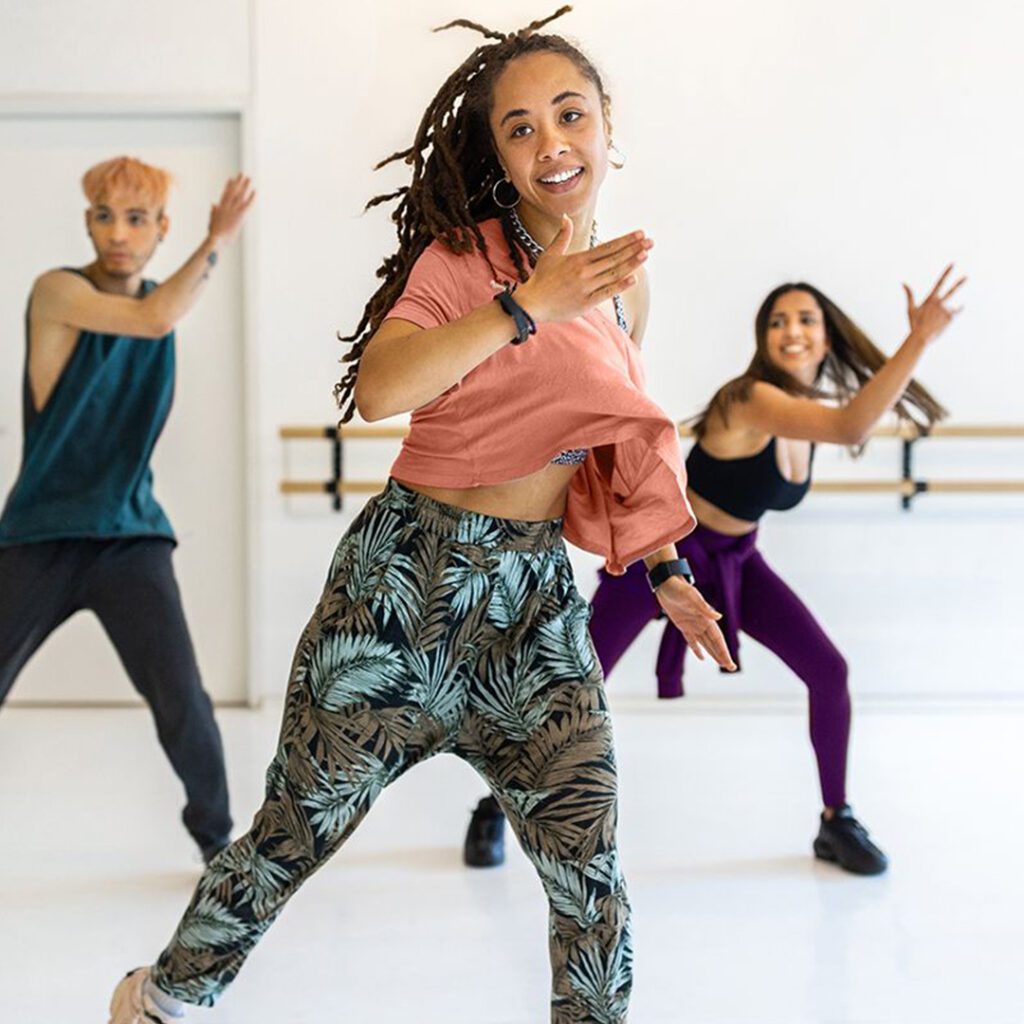
Dancing is a fun way to boost your bone density and overall health. Some dance styles, like salsa, swing, and ballroom, provide weight-bearing exercise that strengthens your bones. As you move to the music, your muscles pull on your bones, stimulating the cells that build bone.
The variety of movements in many dance styles also helps improve balance, coordination, and flexibility. Spinning, turning, and changing directions challenge your balance and engage your core muscles. Dancing for 30 minutes a few times a week can significantly benefit your bones and overall fitness.
3. Squats
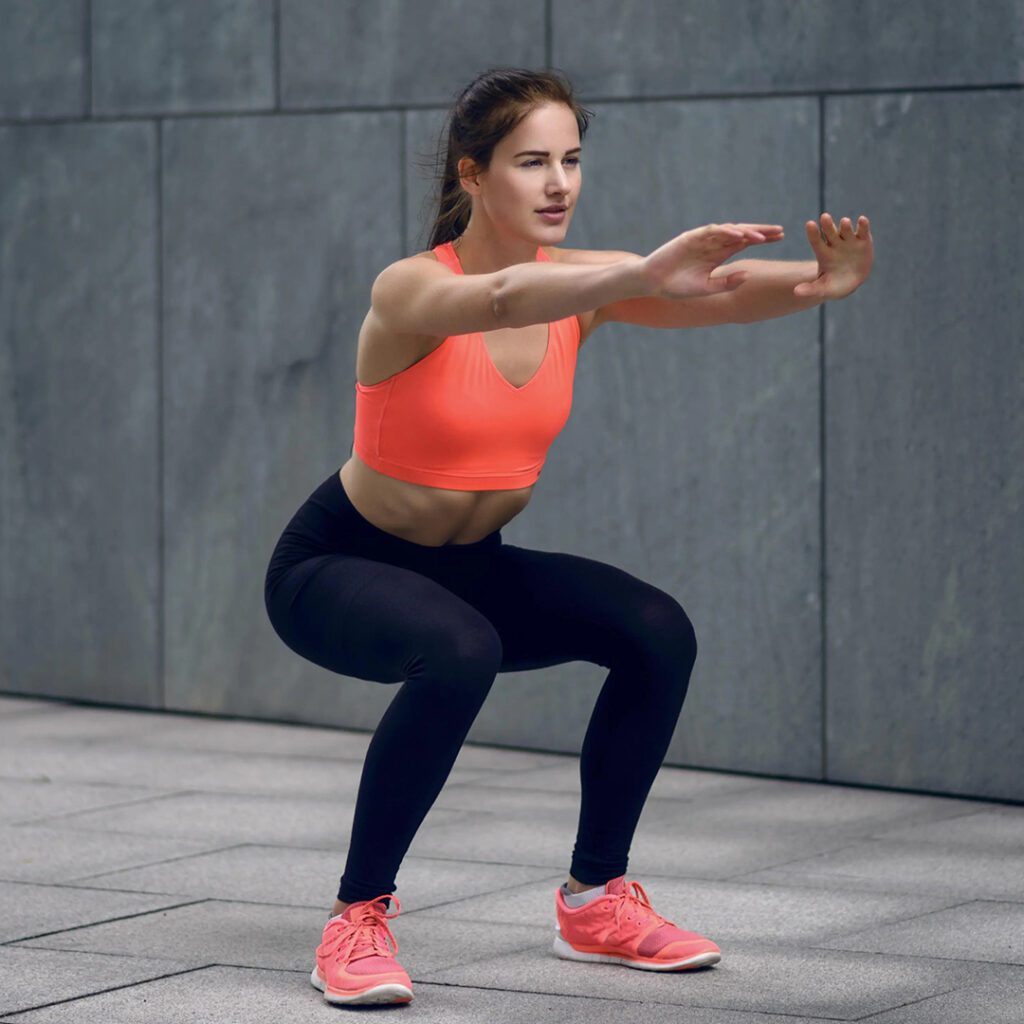
Squats are one of the best exercises for building stronger bones in your lower body. As you lower into a squat, your thigh bones press against your hip bones. This action stimulates your bones to get stronger. When you push back up, your leg muscles also pull on your bones, making them denser.
- The more weight you can squat, the more your bones respond. Start with your body weight, then gradually add dumbbells or a barbell across your shoulders. Aim for 2 to 3 sets of 10 to 15 reps thrice weekly.
- For the best results, go down into a full squat where your thighs are parallel to the floor. Make sure your knees stay behind your toes as you bend.
Squats are a simple but highly effective exercise for building better bone density and preventing conditions like osteoporosis. Stronger bones and a more muscular body—that’s what squats are all about.
4. Bouncing on a Trampoline

Jumping on a trampoline is one of the best exercises for building bone density. You can easily find a family trampoline at public places like gardens, hotels and theme parks. As you jump up and down, your bones experience minor impacts that stimulate bone growth. Studies show trampolining can increase bone density, especially in the hips and spine.
For the biggest bone-building benefits:
- Jump as high as you comfortably can. Higher jumps mean higher impacts when you land, providing more bone stimulation. Make sure you use family trampoline safety hacks, which are important if you are involving your children.
- Include some higher-impact moves like tucks, spins, and drops. These add intensity and challenge your bones in new ways.
- Jump for at least 10-15 minutes three times a week. Consistency is key.
- Consider using trampoline socks and a safety pad. This allows you to jump freely without worrying about falls.
Alternatively, you can go to the nearest trampoline park and have a lot of fun with your friends and family, while taking care of your health.
5. Yoga
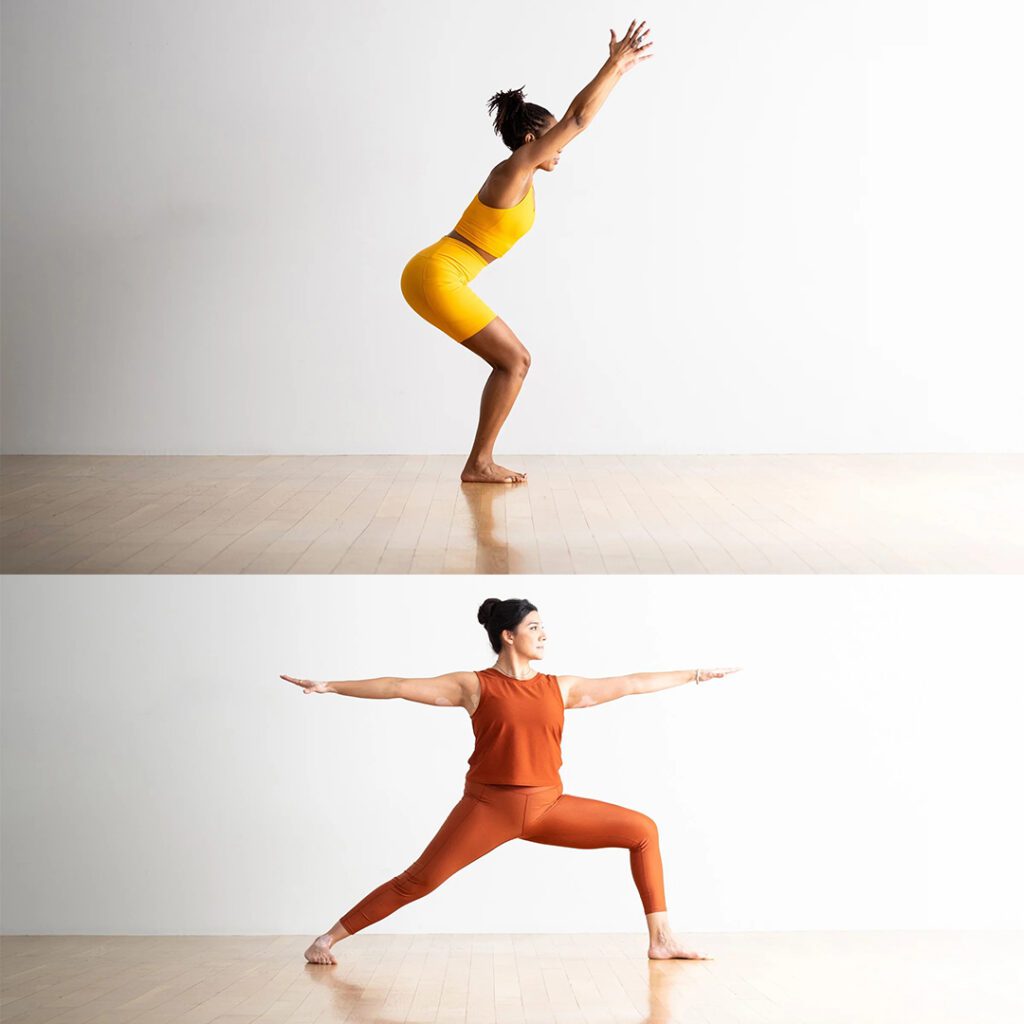
Yoga incorporates several poses that can help boost your bone density. Two to focus on are:
Chair Pose (Utkatasana)
- Stand with feet together, raise your arms overhead and bend your knees to lower into a squat. Hold for 35-60 seconds, release and repeat.
- Work your way up to holding the pose longer.
Warrior II (Virabhadrasana II)
- Lunge position with arms extended out to sides, front knee bent and back leg straight. Turn your back foot out 90 degrees and your front foot in slightly.
- Bend your front knee and align it over the ankle, keeping your back leg straight. Extend your arms out to the sides with palms down.
- Gaze over your front arm. Hold for 30-60 seconds, switch leg positions and repeat. This pose helps boost balance and strengthens the legs.
Both yoga poses require you to support your body weight through your legs and core, which helps stimulate bone growth. Hold each pose for 10-15 seconds and build up as your balance and strength improve. Yoga’s slow, controlled movements also improve flexibility and range of motion.
6. Tai Chi

Tai Chi is a gentle form of exercise that provides surprising benefits for your bones. The slow, controlled movements in Tai Chi help build strength and balance, which are essential for bone health and osteoporosis prevention.
Studies show regular Tai Chi can slow bone loss and even build bone density. The weight-bearing nature of Tai Chi’s flowing motions stresses your bones, signalling your body to strengthen them. Tai Chi is also excellent for balance and flexibility, which helps prevent falls – a major cause of broken bones as we age.
Aim for 30 to 60 minutes of Tai Chi at least 2-3 times per week for the most benefit. The movements are easy on the joints, so most people can do Tai Chi regardless of their fitness level. Why not give Tai Chi a try?
Conclusion
So there you have it: six of the best exercises you can do to boost your bone density scores and strengthen your skeleton. While weight training and resistance exercises are essential, remember the power of balance and flexibility work, too. Even making small changes, like doing heel raises while brushing your teeth or calf raises while waiting for the kettle to boil, jumping and enjoying on a family trampoline can help. Keep at it and stay consistent – your bone density scores will climb quickly.

